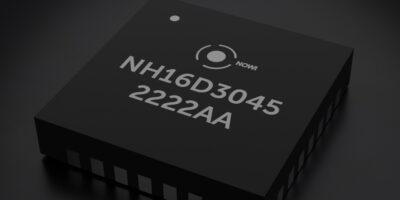STMicroelectronics said it is now making gesture detection simpler and more affordable for mass-market applications with companion software for its VL53L5CX multi-zone ToF ranging sensor. The sensor, together with free engineering software, will enable touchless, gesture-based controls in simple, cost-conscious consumer and industrial applications.
According to ST, gesture recognition with ToF sensors is a breakthrough technology that enables sophisticated interactions with a wide variety of devices instead of being confined to applications in high-end vehicles.
Gesture-based interaction in a wide range of equipment, including kitchen appliances, thermostats, smart home and smart lighting controls, laptops, AR / VR headsets, tablets and smartphones are not only convenient, it can prevent infection from spreading through touch when using equipment such as vending and ticketing machines, elevator controls, and interactive signage.
Together, the sensor and software calculate in real-time the X / Y / Z coordinates of the hand, enabling hand tracking as well as recognition of gestures like tapping, swiping or level control.
Conventional gesture-recognition systems typically use more expensive and intrusive camera-based machine vision, but ST said its FlightSense technology and software allow designers to build systems with lower power consumption, and that work in the dark without needing external illumination, unlike vision-based systems The lightweight gesture algorithm can run on a low power microcontroller and demands minimal system resources for it to be easily integrated in an existing application, said ST.
The STSW-IMG035 software package is specially designed for the VL53L5CX multi-zone direct time-of-flight (dToF) ranging sensor and can be used with all STM32 microcontrollers.
The VL53L5CX is ST’s latest-generation ToF sensor, providing 64 zones with high-accuracy ranging up to 400cm with a wide, square-edged 63 degree-diagonal field of view.
The VL53L5CX sensor is in production now, in a 6.4 x 3.0 x 1.5mm 16-pin optical LGA package. The turnkey STSW-IMG035 gesture package includes resources including a GUI, example code and libraries. Associated software packages and hardware evaluation boards are available here.







